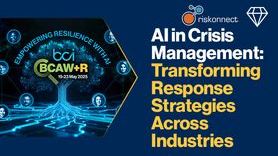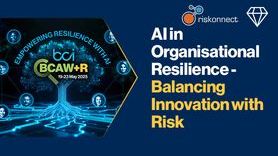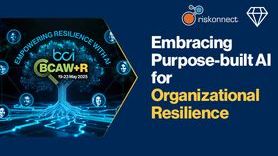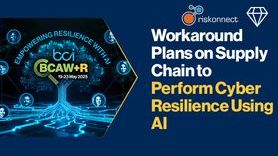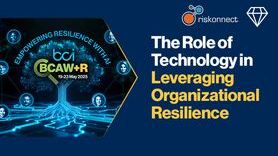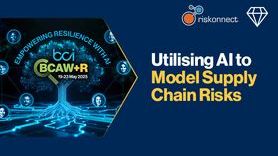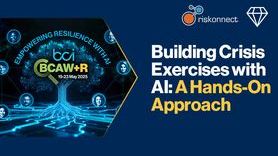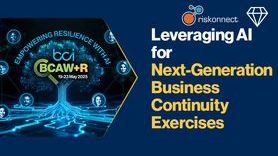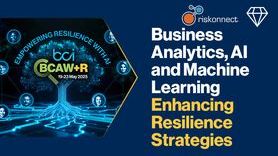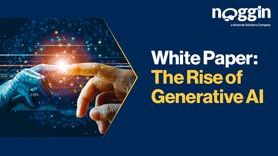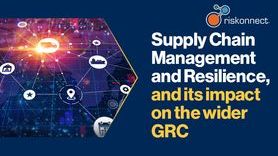Data-backed Decision Making to Achieve and Maintain Business Resilience
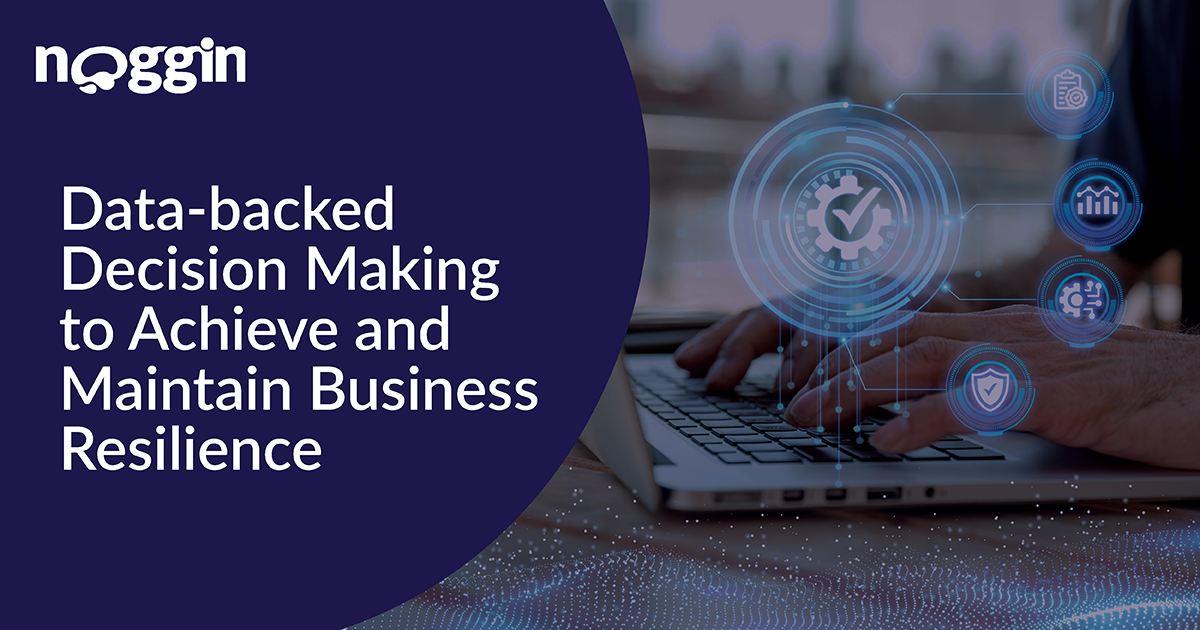
Knowledge is power. In the disaster and emergency response world, up-to-the-minute knowledge of objects, events, people, system states, interactions, environmental conditions, and other situation-specific factors is particularly powerful when it comes to mobilizing a rapid, efficient, and effective response to critical events.
The same holds for responding to corporate crises in order to maintain business resilience. Whether it’s a corporate or climate crisis, knowledge and understanding of the current situation helps to promote the timely, relevant, and accurate assessment of an operation.
That’s because situational awareness facilitates real-time decision making and decision support, which are heavily dependent on the collecting, analysis, and understanding of historical inefficiencies via the creation of data models.
These data models contribute to what’s called data-driven decision making, which this article will explain at length. Here, facts, metrics, and, of course, data inform strategic (business) decisions that align with a company’s goals, objectives, and initiatives and help that company to achieve and maintain business resilience.
Challenges to data-backed decision making
But to achieve and maintain business resilience, organizations must draw full value from relevant data sources. Only then can business entities empower everyone to make better decisions with data, especially when it matters most.
Easier said than done, of course.
As you’d expect, there are no lack of challenges that stand in the way of data-backed decision making.
What’s one the starkest? Well, according to Deloitte, it’s the persistence of legacy processes. Siloed data sources are related barriers to data-backed decision making, as is a lack of time among practitioners.
Another challenge is a lack of enterprise-wide training on data literacy and data-driven decision making.
Data can also stand in the way of data-backed decision making
Ironically, data itself can also be an issue.
How’s that?
Although the amount of information collected has never been greater, that information has never been more complex. As a result, organizations are struggling to manage and analyze what they’ve been collecting.
It’s the problem of separating the wheat from the chaff.
Add to that, investments in technology are running up against a lack of a data culture at certain organizations. The result is that increases in data are often causing misalignment and decreases in the speed to decision.
Why does it matter? Well, integrating noisy data sources into real-time incident detection models is complex, rendered all the more fraught because the learning procedures that go into these models must also be adaptive – we’ve learned this from the world of emergency and disaster management.
With those challenges affecting the delivery of effective decision support in resilience management, it’s important to ask what can be done?
The role of digital dashboards to support data-backed decision making
In integrated resilience management, digital dashboards, long deployed in the wider business world, can provide key, relevant information and allow for the summary of volumes of data in meaningful measures.
Digital dashboards accomplish the task by means of intuitive visualizations. That helps analysts and decision makers avoid information overload.
More specifically, this visualized presentation of information enables analysts and decision makers to grasp insights out of noisy data sources, which in turn promotes more informed decision-making, enabling those stakeholders to take precise, better-considered actions and create more comprehensive strategies, specifically during a business crisis or other resilience challenge.
Further benefits of digital dashboards in resilience management include:
- Accelerate agility and efficiency. Digital dashboards that yield trusted, actionable insights helps accelerate the decision-making process, making it possible to adapt swiftly as events demand. Moreover, training to ensure a common language of data makes it faster and easier for everyone to communicate, collaborate, iterate, and achieve consensus.
- Navigate uncertainty. Uncertainty abounds in the business climate, making it necessary for leaders to adapt to change at a moment’s notice. With digital dashboard-derived insights guiding the way, organizations are better equipped to weigh options, model what-ifs and analyze alternatives.
-
What digital capabilities then are needed to ensure data-backed decision making? Download Noggin’s explainer on digital dashboards for decision support to find out.

















